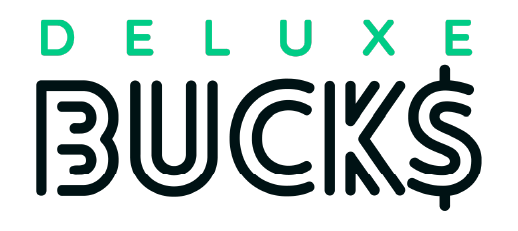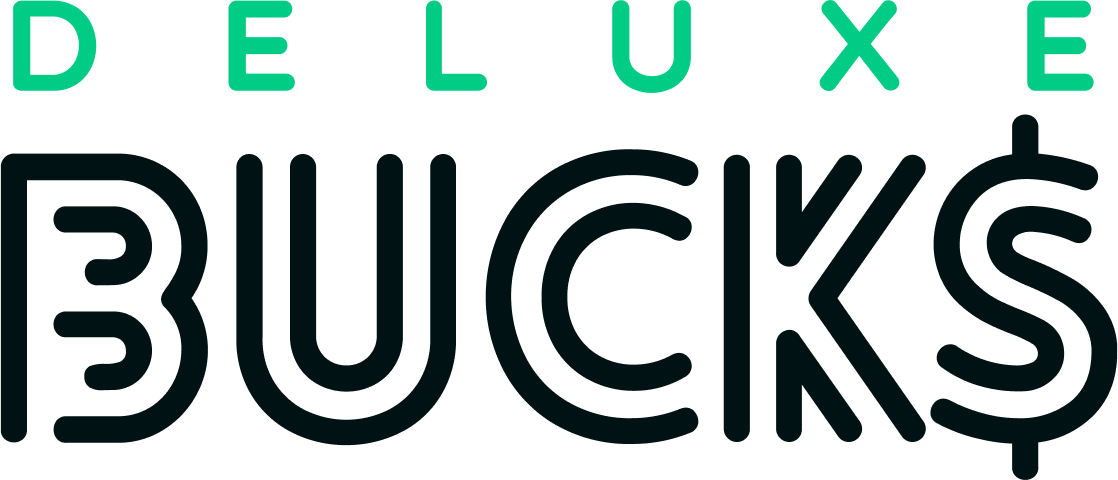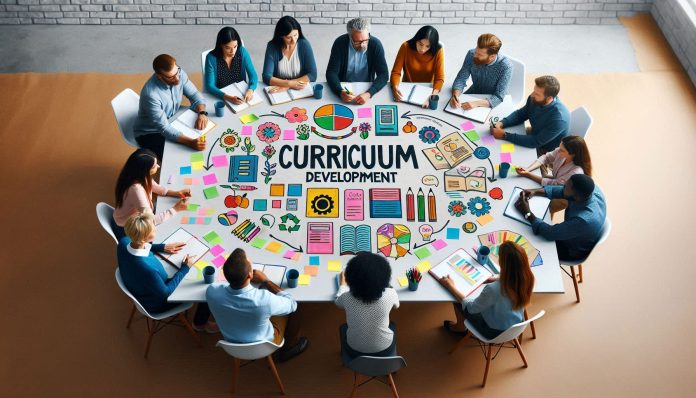Curriculum Development: Principles and Practices
Curriculum development is a systematic process of designing and organizing educational experiences to achieve specific learning outcomes. It involves the creation of instructional materials, activities, and assessments that align with educational goals. The importance of curriculum development cannot be overstated, as it directly impacts the quality of education and the effectiveness of teaching and learning processes.
Historical Background
The evolution of curriculum development has been shaped by various educational theories and practices over the centuries. From the classical education models of ancient Greece and Rome to the progressive education movements of the 20th century, curriculum development has undergone significant transformations. Key milestones include the introduction of standardized testing, the development of national curricula, and the integration of technology in education.
Principles of Curriculum Development
- Learner-Centered Approach
- Emphasizes the needs, interests, and abilities of learners.
- Encourages active participation and engagement.
- Relevance and Contextualization
- Ensures that the curriculum is relevant to the learners’ lives and future careers.
- Incorporates real-world applications and examples.
- Flexibility and Adaptability
- Allows for adjustments based on feedback and changing needs.
- Supports diverse learning styles and paces.
- Inclusivity and Equity
- Promotes equal access to educational opportunities.
- Addresses the needs of marginalized and underrepresented groups.
Curriculum Design Models
- Tyler’s Model
- Focuses on defining objectives, selecting learning experiences, organizing experiences, and evaluating progress.
- Taba’s Model
- Advocates for a grassroots approach, starting with teachers developing curriculum units.
- Wheeler’s Model
- Emphasizes a cyclical process of planning, implementing, and evaluating.
- Kerr’s Model
- Integrates four elements: objectives, knowledge, learning experiences, and evaluation.
Steps in Curriculum Development
- Needs Assessment
- Identifying the gaps and requirements in the current educational setup.
- Setting Objectives
- Defining clear, measurable goals for what learners should achieve.
- Content Selection
- Choosing relevant and appropriate material to meet the objectives.
- Organization of Content
- Structuring the content in a logical and coherent manner.
- Implementation
- Putting the curriculum into practice through teaching and learning activities.
- Evaluation and Feedback
- Assessing the effectiveness of the curriculum and making necessary adjustments.
Role of Stakeholders
- Teachers
- Play a crucial role in designing and delivering the curriculum.
- Students
- Provide feedback and insights that shape the curriculum.
- Parents
- Support and reinforce learning at home.
- Community Members
- Contribute to the relevance and contextualization of the curriculum.
- Educational Authorities
- Provide guidelines, resources, and oversight.
Challenges in Curriculum Development
- Resistance to Change
- Overcoming inertia and skepticism among educators and institutions.
- Resource Constraints
- Addressing limitations in funding, materials, and personnel.
- Balancing Standardization and Flexibility
- Ensuring consistency while accommodating individual needs.
Best Practices in Curriculum Development
- Collaborative Approach
- Involving all stakeholders in the development process.
- Continuous Professional Development
- Providing ongoing training and support for educators.
- Integration of Technology
- Leveraging digital tools to enhance learning experiences.
Case Studies
- Successful Curriculum Development Projects
- Examples of effective curriculum initiatives and their outcomes.
- Lessons Learned from Failures
- Insights from projects that did not meet their objectives.
Future Trends in Curriculum Development
- Personalized Learning
- Tailoring education to individual learner profiles.
- Global Competence
- Preparing learners for a connected and interdependent world.
- Sustainability Education
- Integrating environmental and social sustainability into the curriculum.
Conclusion
Curriculum development is a dynamic and ongoing process that requires careful planning, collaboration, and adaptation. By adhering to key principles and best practices, educators can create curricula that are effective, inclusive, and responsive to the needs of learners. The future of curriculum development promises exciting advancements, with a focus on personalization, global competence, and sustainability.
FAQs
- What is curriculum development?
- Curriculum development is the process of designing and organizing educational experiences to achieve specific learning outcomes.
- Why is curriculum development important?
- It ensures that education is effective, relevant, and aligned with learners’ needs and future goals.
- What are the main principles of curriculum development?
- Learner-centered approach, relevance and contextualization, flexibility and adaptability, inclusivity and equity.
- How do stakeholders influence curriculum development?
- Stakeholders such as teachers, students, parents, and community members provide valuable input and support throughout the process.
- What are the future trends in curriculum development?
- Personalized learning, global competence, and sustainability education.


